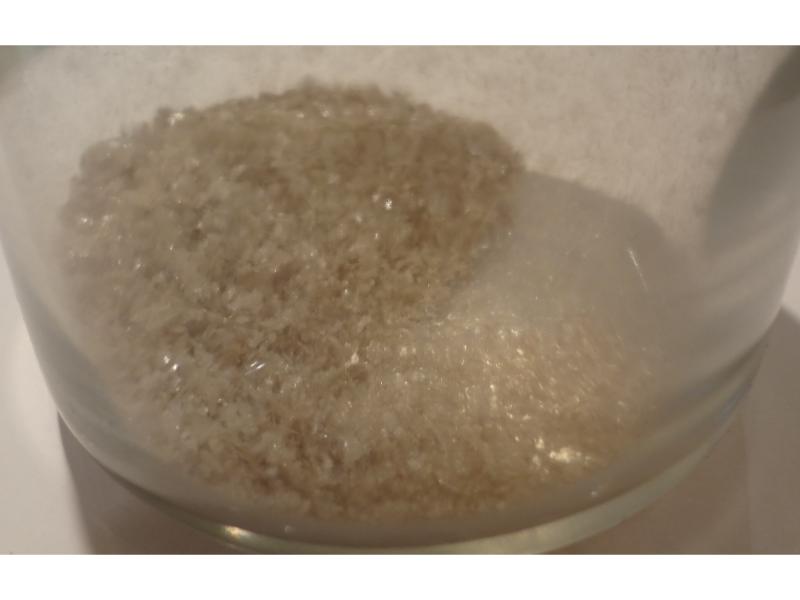Search in medicinals
Calomelas
Calomel
轻粉 〔輕粉〕 qīng fěn

Alternate Chinese names: 汞粉 gǒng fěn; 水银粉 shuǐ yín fěn; 银粉 yín fěn; 扫盆 sǎo pén; 腻粉 nì fěn
Kingdom: Plant
Origin in PRC Pharmacopoeia: Calomel is a tasteless salt obtained by sublimating mercury and alum (or mercury and chalcanthite) . It consists primarily of mercurous chloride (Hg₂Cl₂). (PRC Pharmacopoeia)
Use: Medicinal
Category: External-use agents / Toxin-drawing, putridity-transforming, and flesh-engendering agents
Properties: Acrid; cold; highly toxic. (Some sources list bland instead of acrid.)
Channel entry: Large intestine and small intestine channels. (Some sources have liver and kidney channels.)
Actions and indications:
- Attacks toxin, kills worms, and closes sores (external use):
Scab and lichen; eczema;syphilis ; yellow-water sores; open ulcerated sores. - Disinhibits water and frees the stool (internal use): Repletion patterns of water swelling and drum distension.
Dosage and method: Topical: Grind and apply mixed or sprinkle on dry. Oral: 0.06–0.15g (ground to a powder); use in pill or powder preparations.
Warnings: Qīng fěn is highly toxic, so it is primarily used externally. Even when used externally, it should not be used in excessive quantities or over a prolonged period of time. Qīng fěn must be used with care internally to prevent poisoning. It is contraindicated in pregnancy and in weak health.
Product description: This a tasteless salt obtained by sublimating mercury and alum (or mercury and chalcanthite) consisting primarily of mercurous chloride (Hg₂Cl₂ or HgCl).
Production area: Shānxī, Shǎnxī (Shaanxi), Húnán.
Etymology: The name qīng fěn 轻粉, literally light powder,
reflects the form and weight of this item.